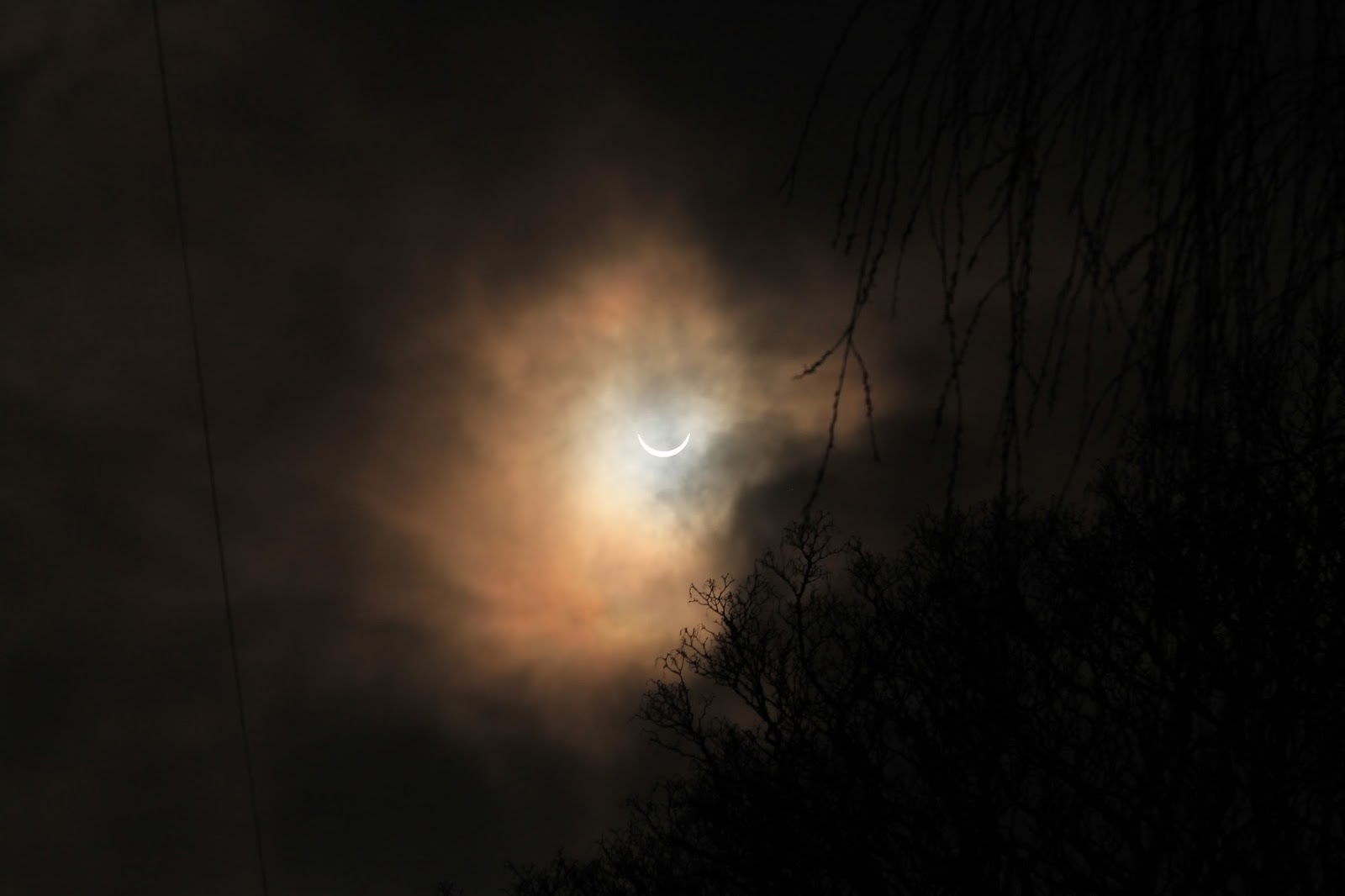Chanced upon this 1973 reprint of a 1876 classic
On Foot
Through The Peak by James Croston, whilst browsing the
Brierlow Bar Bookstore
on a break in Derbyshire. Its only recently I’ve started to edge out further South
& East than Kinder Scout & Edale valley which I walked extensively as a
yoof. Its been a real discovery: tight,
almost Alpine villages, rocky ridges and escarpments, mountains, moors, valleys
rivers and woods. Not to mention the enormous reservoirs to rival the Lakes. I
am such a fool lacking in wanderlust, and fail to see those treasures under my
nose so often. Anyway, I thought some introductory quotes from
On Foot Through The Peak
would go with some paintings of Joseph Wright who captured Derbyshire landscapes
around the same time the book was written.

But he who would thoroughly appreciate the rich stores of England's beauty, must leave her iron roads
and beaten high- ways, and wander lovingly over her green hills and explore the
mazy windings of her secluded and charming dales ; in the early greyness of the
morning, when the mists still linger in the vales and the dew lies heavy upon
the grass; at mid- day, when the landscape is bathed with a flood of brilliant
radiance; and at eventide, when the declining sun fills the glowing west with
gorgeous beauty, and the shadows lie in lengthened lines upon the grassy
slopes, and the woods and valleys are wrapped in a rich glow of golden light.
He must follow the sweet meanderings of her mountain streams, winding hither
and thither through shady nooks and fairy glens, all fringed and festooned with
greenery, where the tributary rills come trickling down from the mossy heights
gladdening the ear with their tiny melodies. He must loiter in her bye- lanes,
between banks rife with ferns, foxgloves, and blooming harebells, where the
thick hedge-rows and the nodding trees mingle and form a bower over head, and
the bright sunbeams playing through the leaves, dapple the greensward with
their restless and ever-changing shadows. And so, pace from hamlet to hamlet,
and from village to village, inhaling the sweet fragrance of the flowery meads
and listening to the joyous warblings of the birds, the mingled harmony of
dancing leaves, the lowing of the kiue and the gentle murmuring of sunny music.
If he will do all this, then he will understand something of the charms of
English scenery, and will learn that travelling at home is not less enjoyable than
travelling abroad.

In the pleasant companionship of cheerful friends, we bade
adieu to the busy, bustling
manufacturing metropolis of the north, and some few minutes later were seated
in the train and darting along over a mazy labyrinth of house-tops and mill- roofs,
and through clouds of murky vapour on our way to the health-inspiring hills and
valleys of the Peak.

After passing through, or rather over, Stockport, with its smoke-begrimed
mills, its countless factory chimneys and almost suffocating atmosphere, the
country assumes a more picturesque and interesting character. On the left we
have an uninterrupted view of the long chain of Derbyshire hills Kinder Scout,
the highest point of the Peak range looming mistily in the distance ; ere long
the prospect opens over the valley of the Goyt, and a charming valley it is with
its deep wooded glens and green undulating hills, chequered with stone walls,
and feathered here and there with clumps of trees and patches of plantation. On
the right the eye takes in the broad flat meadows and rich pasture-lands of Cheshire,
and as the train speeds along we catch glimpses of modern red-brick dwellings
and quaint old-fashioned cottages with low-thatched roofs, and smiling farm-steads
that lie scattered here and there. Every few minutes we stop at a road-side
station where there is sure to be some show of life and bustle, and something
worth noting or remembering ; then we hurry on rattling over viaducts, rumbling
through deep sandy cuttings, and darting past straggling hamlets, past fields
of waving grain, and acres of cultivated greenness. Everywhere the haymakers
are at work, and as the playful breeze sweeps through the carriage, it loads
that air with the rich perfume of the new-mown hay. There are plenty of cattle
grazing in the meadows, and as we thunder past, now and then a solitary horse
throws up his heels, and with a loud snort scampers off, scared at the sound of
our fiery iron steed ; and so we steam along, the changing scenes coming and
going, and following each other in quick succession.

Joseph Wright (3
September 1734 – 29 August
1797), styled Joseph Wright of Derby,
was an English landscape and portrait painter. He has been
acclaimed as "the first professional painter to express the spirit of
the Industrial Revolution". Wright is notable for his use
of Chiaroscuro effect, which emphasises the contrast of light and
dark, and for his paintings of candle-lit subjects. His paintings of the birth
of science out of alchemy, often based on the meetings of the Lunar
Society, a group of very influential scientists and industrialists living in
the English Midlands, are a significant record of the struggle of science
against religious values in the period known as the Age of Enlightenment.
North Utsire





.jpg)











.jpg)




















